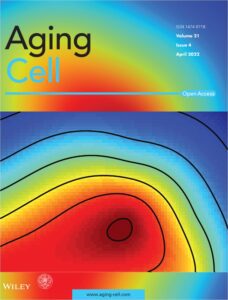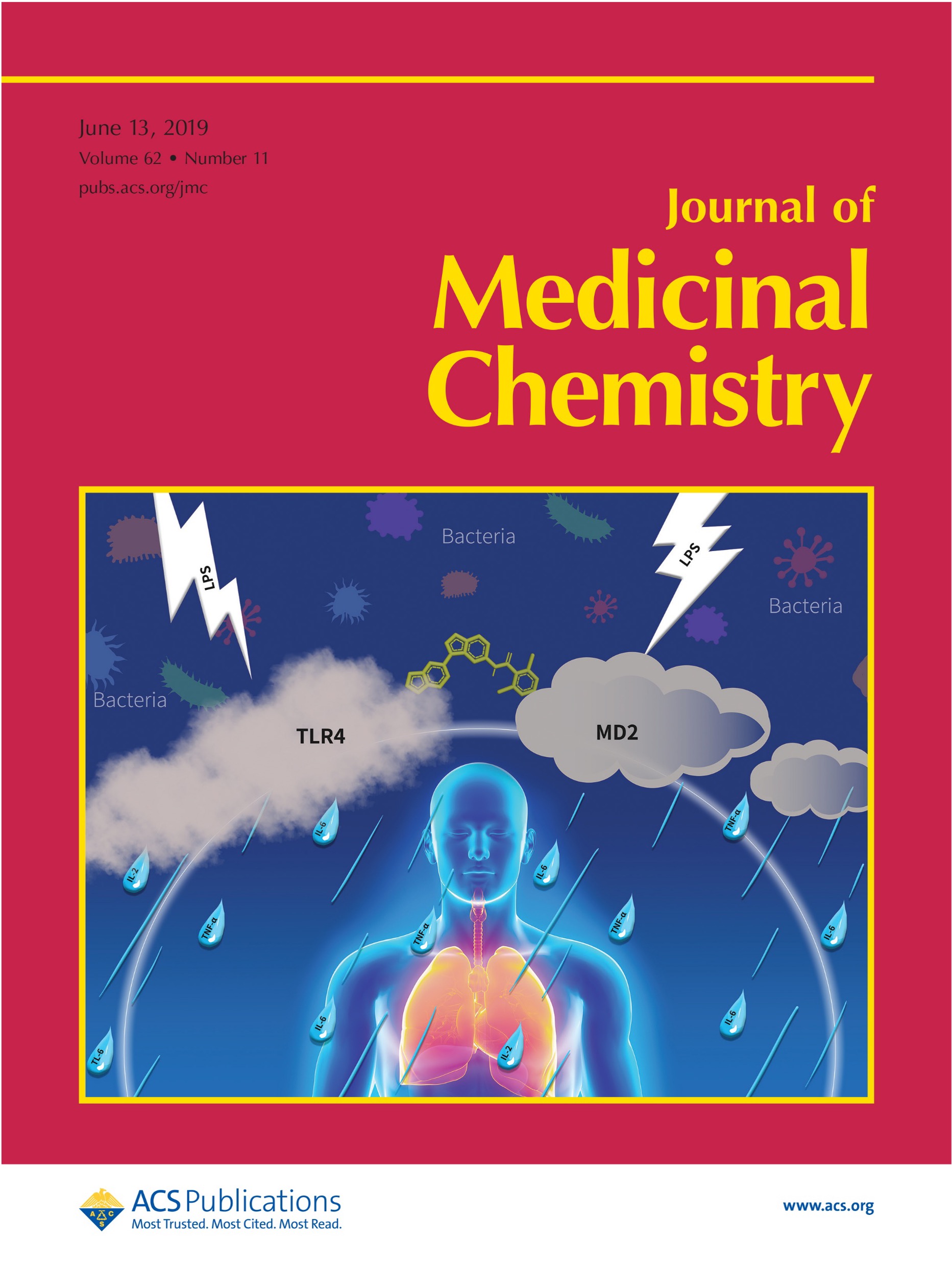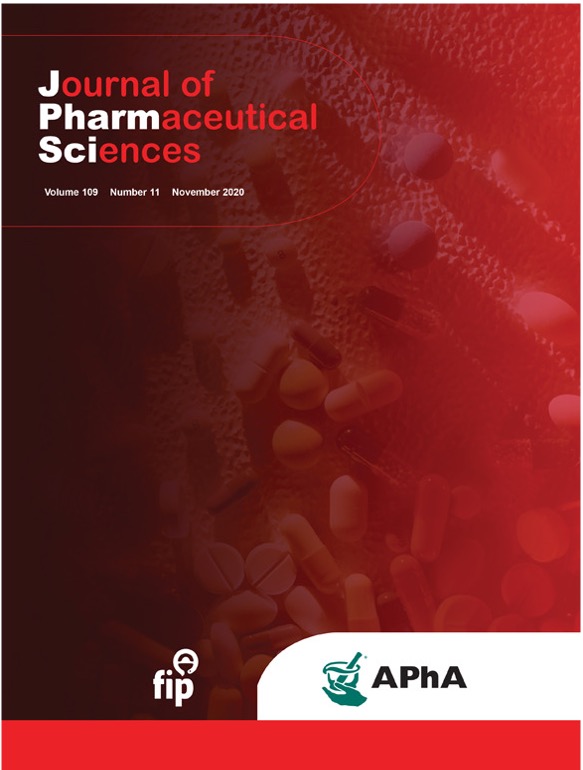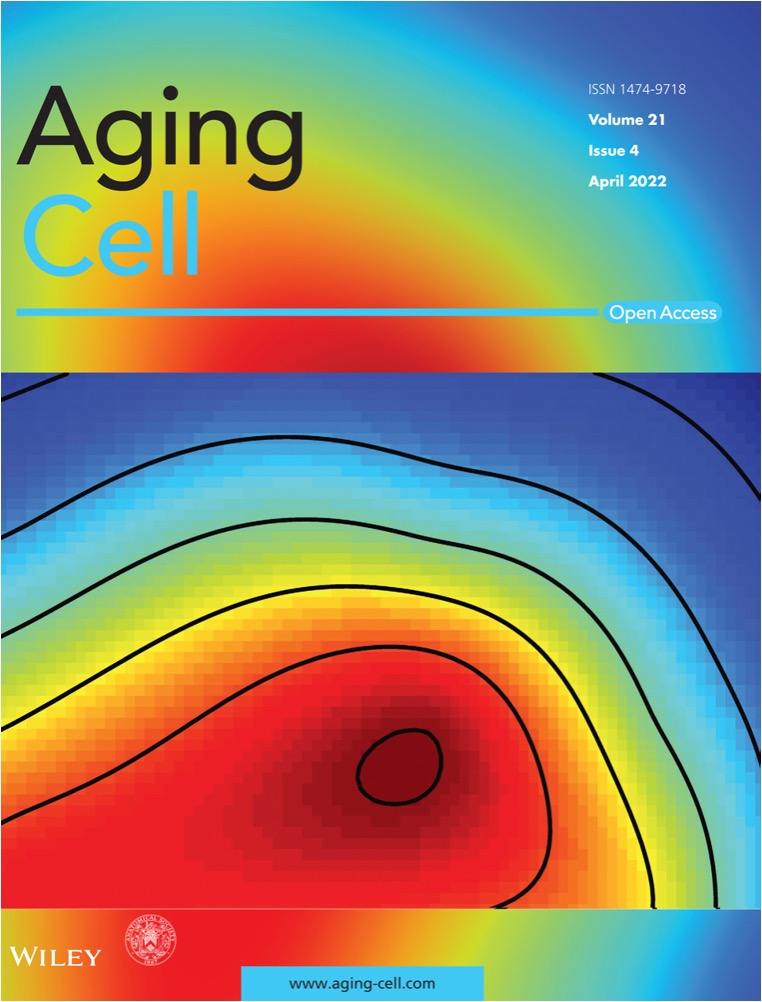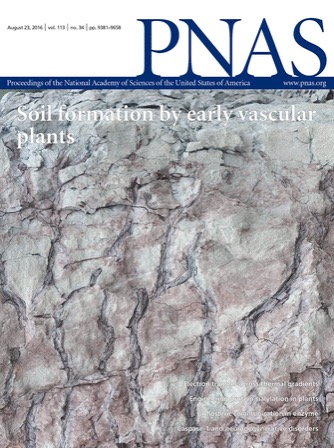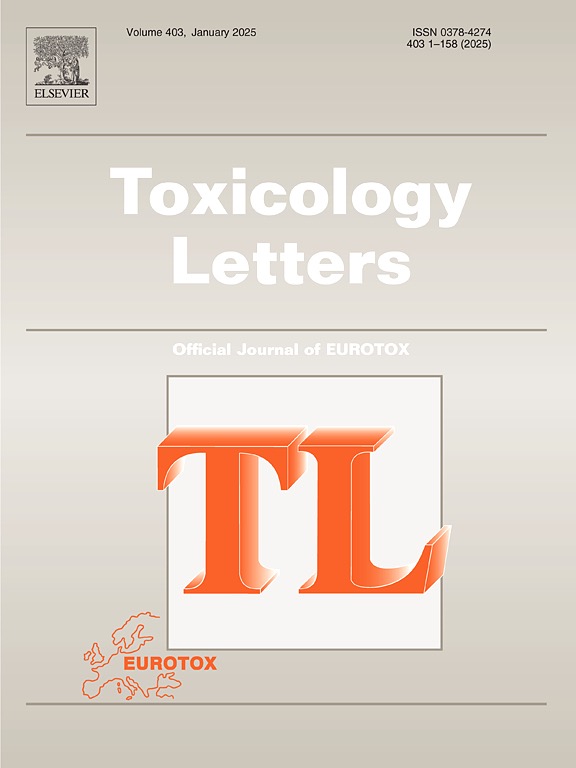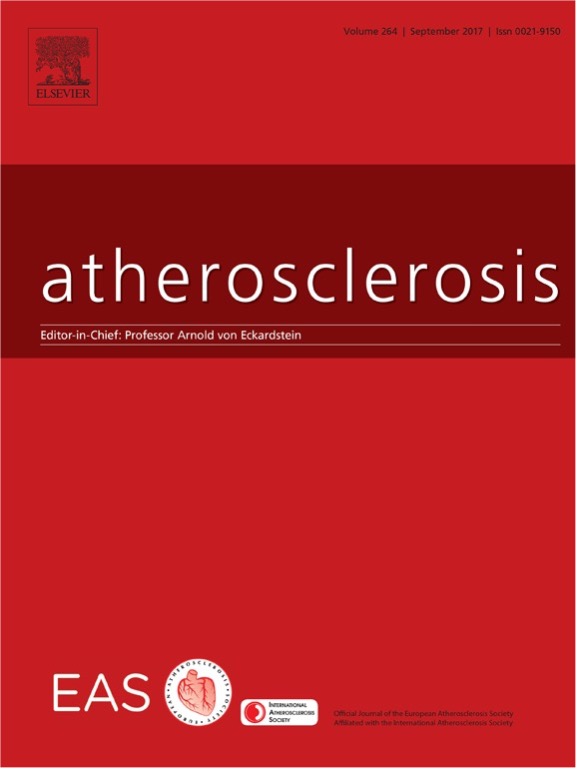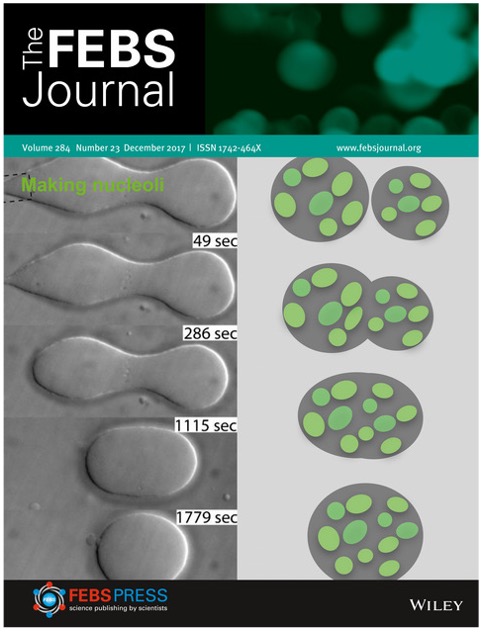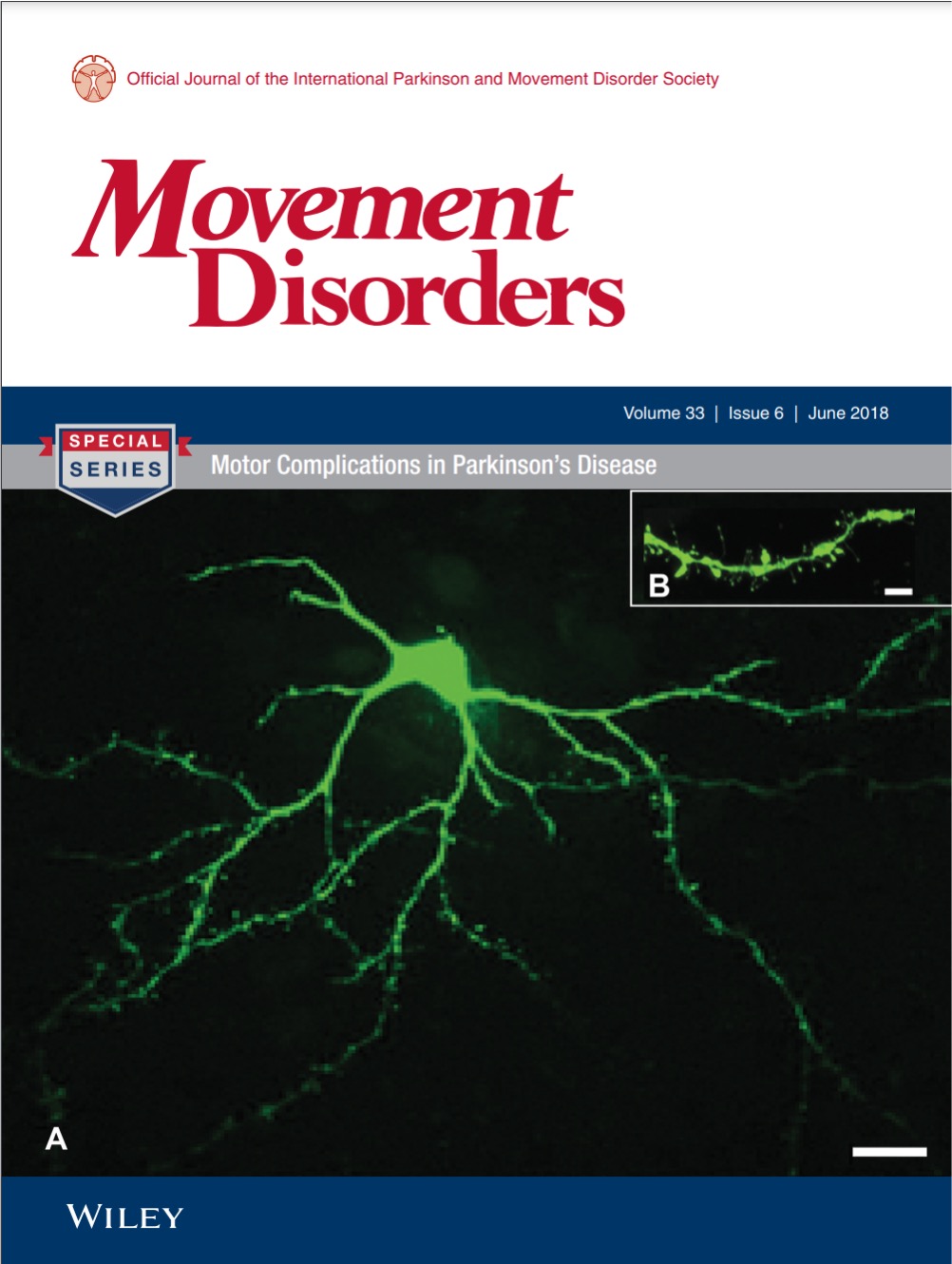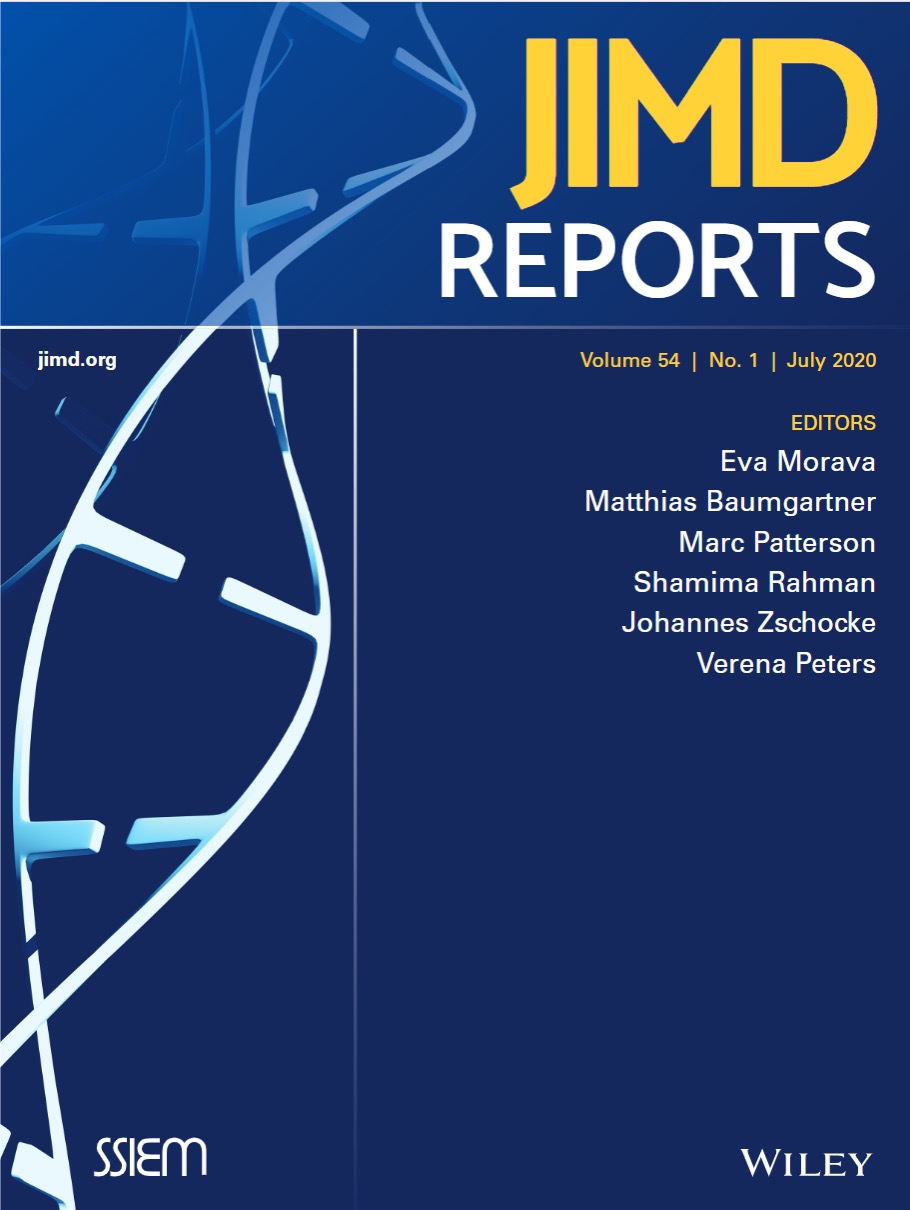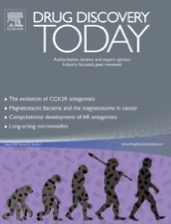Fortifying Molecules of Life to Prevent Cellular Degeneration
Fortifying Molecules of Life to Prevent Cellular Degeneration
about us
Company Overview
BioJiva is a clinical stage pharmaceutical company pioneering the development of first-in-class therapeutics to treat degenerative diseases resulting from Lipid peroxidation (LPO). BioJiva has developed a series of oxidation resistant armored Polyunsaturated Fatty Acids (PUFAs) as drug interventions to mitigate LPO.
At the forefront of scientific innovation, our team specializes in lipid biology, natural lipid peroxidation (LPO) process and its critical role in disease progression. Our first-in-class new chemical entities (NCEs) are isotopically stabilized synthetic polyunsaturated fatty acids (PUFAs) designed to mitigate oxidative stress and cellular degeneration caused by LPO, thus addressing the root causes of various degenerative conditions.
Mission
With a team of world-class chemists, biologists and ophthalmology experts, we are uniquely equipped to tackle degenerative eye diseases, including age-related macular degeneration (AMD). Together, we are committed to delivering transformative therapies that improve lives.
Age-Related Macular Degeneration (AMD)
Age-Related Macular Degeneration (AMD) is a progressive eye disease and one of the leading causes of vision loss worldwide, particularly in individuals over 50.
Late stage age-related Macular Degeneration (AMD) causes central blindness.
AMD References
1)Hollyfield. Age-related macular degeneration: the molecular link between oxidative damage, tissue-specific inflammation and outer retinal disease: the Proctor lecture. IOVS. 2010 Mar;51(3):1275-81.
2)Hollyfield et al. Oxidative damage-induced inflammation initiates age-related macular degeneration. Nat Med. 2008 Feb;14(2):194-8.
3)Hollyfield et al. A hapten generated from an oxidation fragment of docosahexaenoic acid is sufficient to initiate age-related macular degeneration. Mol Neurobiol. 2010 Jun;41(2-3):290-8.
4)Cheng et al. Light-induced generation and toxicity of docosahexaenoate-derived oxidation products in retinal pigmented epithelial cells. Exp Eye Res. 2019 Apr;181:325-345.
5)Cheng et al. 4-Hydroxy-7-oxo-5-heptenoic acid lactone can induce mitochondrial dysfunction in retinal pigmented epithelial cells. Free Radic Biol Med. 2020 Sep 10:S0891-5849(20)31246-6.
6)Krohne et al. Apical-to-basolateral transcytosis of photoreceptor outer segments induced by lipid peroxidation products in human retinal pigment epithelial cells. Invest Ophthalmol Vis Sci. 2010 Jan;51(1):553-60.
7)Krohne et al. Lipid peroxidation products reduce lysosomal protease activities in human retinal pigment epithelial cells via two different mechanisms of action. Exp Eye Res. 2010 Feb;90(2):261-6.
8)Krohne et al. Effects of lipid peroxidation products on lipofuscinogenesis and autophagy in human retinal pigment epithelial cells. Exp Eye Res. 2010 Mar;90(3):465-71.
9)Datta et al. The impact of oxidative stress and inflammation on RPE degeneration in non-neovascular AMD. Prog Retin Eye Res. 2017 Sep;60:201-218.
10)Handa et al. Lipids, oxidized lipids, oxidation-specific epitopes, and Age-related Macular Degeneration. Biochim Biophys Acta Mol Cell Biol Lipids. 2017 Apr;1862(4):430-440.
11)Weismann et al. Complement factor H binds malondialdehyde epitopes and protects from oxidative stress. Nature. 2011 Oct 5;478(7367):76-81.
12)Shaw et al. Complement factor H genotypes impact risk of age-related macular degeneration by interaction with oxidized phospholipids. Proc Natl Acad Sci U S A. 2012 Aug 21; 109(34):13757-62.
13)Linetsky et al. 4-Hydroxy-7-oxo-5-heptenoic Acid Lactone Is a Potent Inducer of the Complement Pathway in Human Retinal Pigmented Epithelial Cells. Chem Res Toxicol. 2018 Aug 20; 31(8):666-679.
14)Linetsky et al. 4-Hydroxy-7-oxo-5-heptenoic acid (HOHA) lactone induces apoptosis in retinal pigment epithelial cells. Free Radic Biol Med. 2020 Mar 25;152:280-294.
15)Borras et al. CFH exerts antioxidant effects on retinal pigment epithelial cells independently from protecting against membrane attack complex. Sci Rep. 2019 Sep 25;9(1):13873.
16)Liu et al. Docosahexaenoic acid aggravates photooxidative damage in retinal pigment epithelial cells via lipid peroxidation. J Photochem Photobiol B. 2014 Nov;140:85-93.
17)Liu et al. Long-chain and very long-chain polyunsaturated fatty acids in ocular aging and age-related macular degeneration. J Lipid Res. 2010 Nov;51(11):3217-29.
18)James et al. Pharmacokinetics and metabolism in mouse retina of bis-allylic deuterated docosahexaenoic acid (D-DHA), a new dry AMD drug candidate. Exp Eye Res. 2022 Jul 20;222:109193
19)Liu et al. Deuterated docosahexaenoic acid protects against oxidative stress and geographic atrophy-like retinal degeneration in a mouse model with iron overload. Aging Cell. 2022 Apr;21(4):e13579.
product
BRX011
BRX011 is BioJiva’s armored version of docosahexaenoic acid (DHA) which enables high visual acuity and quick adjustment to dim lighting conditions by facilitating instant conformational changes of the light-capturing pigment rhodopsin embedded in photoreceptor disc membranes. DHA is the most enriched PUFA in mammalian retinas and extraordinarily susceptible to LPO. There is ample evidence in the literature on how toxic oxidation/LPO products interact with complement risk variants and promote the progression of AMD.
At BioJiva we are dedicated to transforming the landscape of AMD treatment using orally administered BRX011.
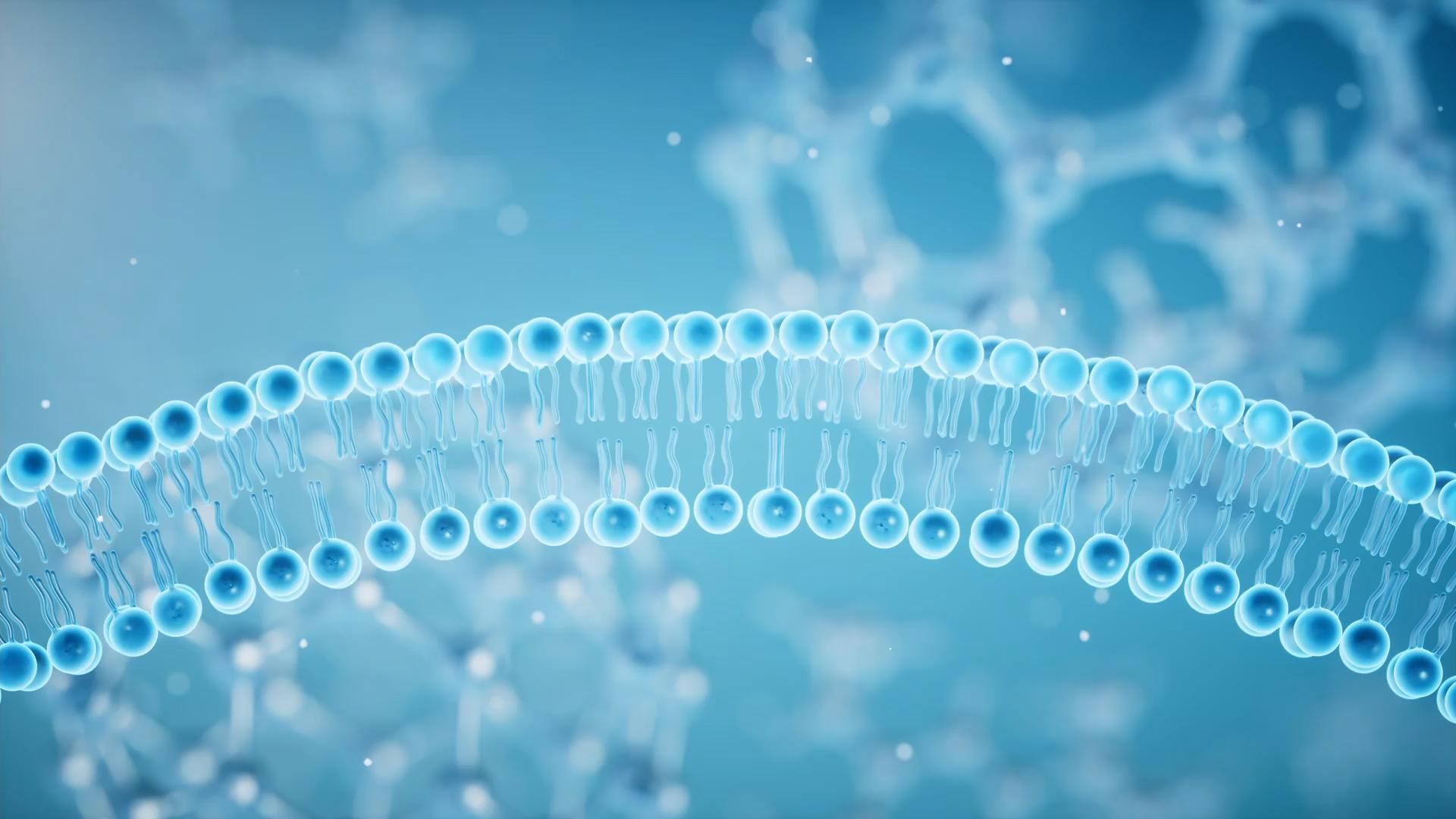
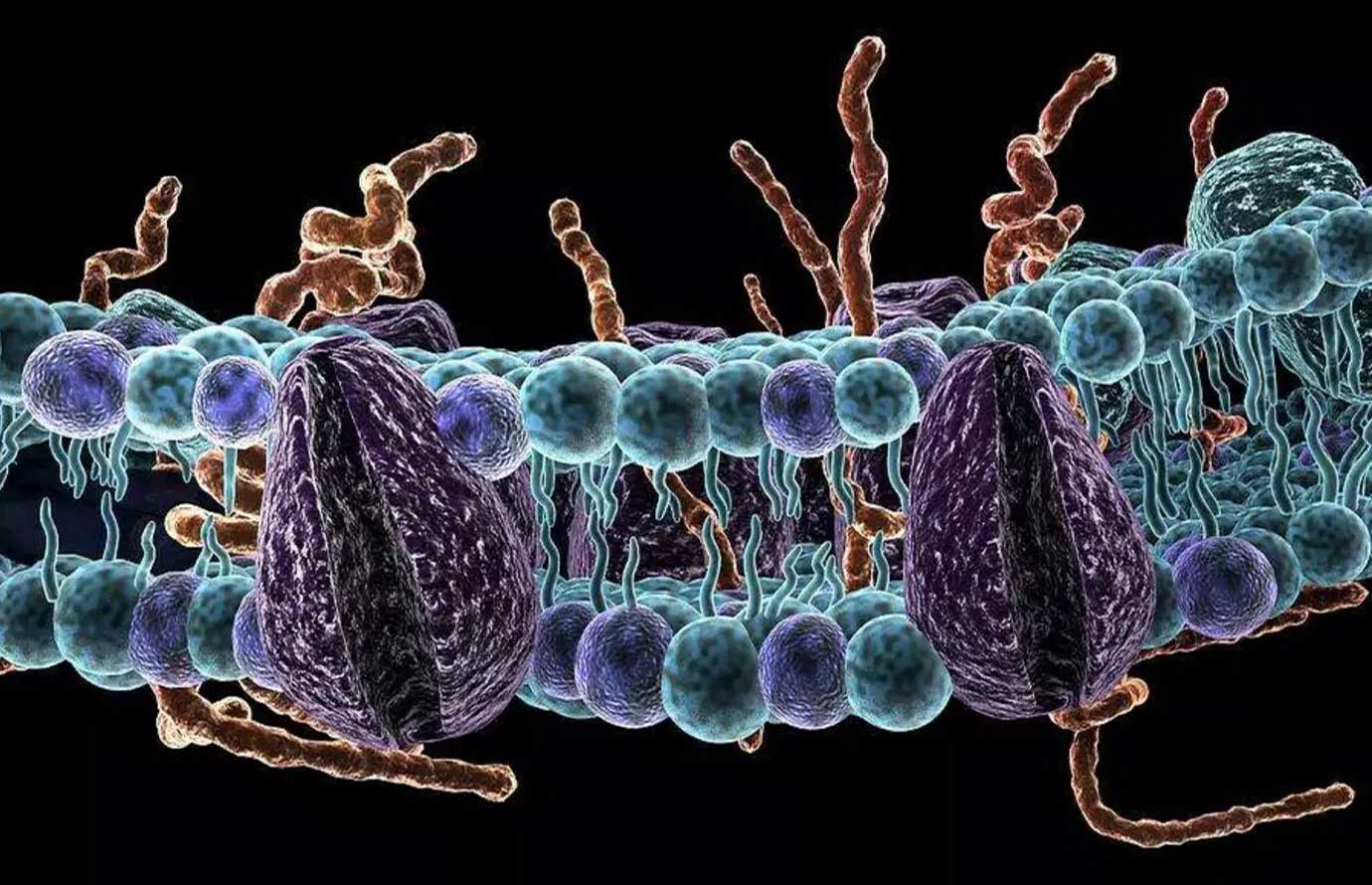
MOA - Mechanism of Action
Cells requiring high elasticity or rapid signal transduction, such as photoreceptors and neurons, rely on polyunsaturated fatty acids (PUFAs/lipids) in their membranes for optimal function. PUFAs are also highly susceptible to oxidation and toxic lipid oxidation byproducts promote multiple degenerative diseases. While vital for cellular performance, this duality underscores the delicate balance between PUFA benefits and their oxidative risks. Ferroptosis, chronic inflammation, immune over activation, and several other age-related molecular patterns (neuronal and retinal) emerge from PUFA oxidation.
BioJiva’s proprietary method creates new molecular entities (BRX011) that are up to 30-fold more oxidation resistant while maintaining the bioavailability and biological functions of the natural parent PUFAs. The oxidation resistance is achieved by isotopic enrichment of the weak nodes of the scaffold that lead to free-radical formation.
BioJiva’s oxidation resistant PUFAs (Armored PUFAs/lipids) are readily absorbed and distributed to target organs. Our Armored lipids can be dosed orally to mitigate LPO with much higher efficiency than classic antioxidants. BRX011 can be orally dosed and is concentrated in the retina after crossing the blood-retina-barrier.
Scientific Rationale for BRX011
BRX011 is an Armored Lipid built on the DHA scaffold and is highly resistant to LPO. While it is very challenging to achieve therapeutically effective retinal concentrations with any lipophilic antioxidants, orally administered BRX011 is shuttled across the blood-retina barrier into the retina and neuroretina via receptor-mediated transportation mechanisms like its natural counterpart and preferentially replaces natural DHA that is degraded by LPO.
In an iron-induced ferroptosis model, BRX011 showed dose-dependent protection against retinal atrophy with complete protection at ≥50% levels. Blocking the initiating event of the LPO chain reaction restores cell viability and mitochondrial resilience under oxidative stress.
Liu et al. Deuterated docosahexaenoic acid protects against oxidative stress and geographic atrophy-like retinal degeneration in a mouse model with iron overload. Aging Cell. 2022 Apr;21(4):e13579. READ MORE…
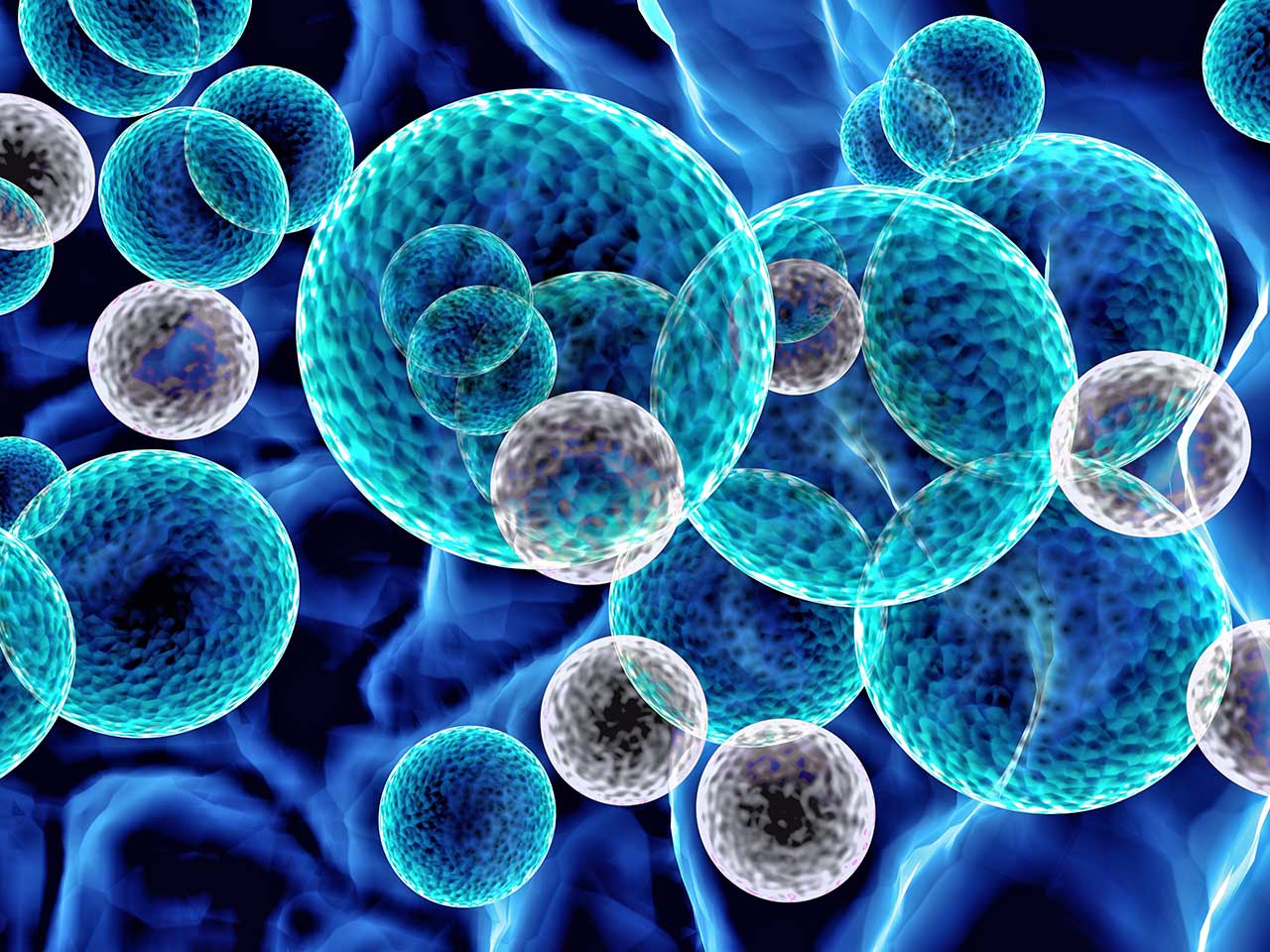
team
publications
DHA acid and human brain development: Evidence that a dietary supply is needed for optimal development
Brenna JT. et al, DHA and human brain development: evidence that a dietary supply is needed for optimal development. (2014) J. Hum. Evol. 77:99
Applications of Deuterium in medicinal chemistry
Pirali T, et al. Applications of Deuterium in medicinal chemistry. (2019) J.Med.Chem. 62:5276
Plasma and RBC cell membrane accretion and PK of RT001
Brenna TJ. et al. Plasma and RBC cell membrane accretion and PK of RT001 (bis-allylic 11,11-D2-linoleic acid ethyl ester) during long term dosing in patients. (2020) J. Pharm. Sci.
Free Radicals in Biology and Medicine
Halliwell B. et al. Free Radicals in Biology and Medicine, (2015) Oxford University Press.
Deuterated docosahexaenoic acid protects against oxidative stress and geographic atrophy-like retinal degeneration in a mouse model with iron overload
Liu et al. Deuterated docosahexaenoic acid protects against oxidative stress and geographic atrophy-like retinal degeneration in a mouse model with iron overload. Aging Cell. 2022
Isotope-reinforced PUFAs protect yeast cells from oxidative stress
Hill S. et al. Isotope-reinforced PUFAs protect yeast cells from oxidative stress. (2011) Free Rad. Biol. Med. 50:130(2019) J.Med.Chem. 62:5276
Peroxidation of PUFAs by lipoxygenases drives ferroptosis
Yang WS. et al. Peroxidation of PUFAs by lipoxygenases drives ferroptosis. (2016) Proc. Natl. Acad. Sci. USA doi/10.1073/pnas.1603244113
Isotopic reinforcement of essential PUFAs diminishes nigrostriatal degeneration in a mouse model of Parkinson’s disease
Shchepinov MS. et al. Isotopic reinforcement of essential PUFAs diminishes nigrostriatal degeneration in a mouse model of Parkinson’s disease. (2011) Tox. Letters 207:97.
Deuterium-reinforced PUFAs protect against atherosclerosis by lowering lipid peroxidation and hypercholesterolemia
Berbee JFP. et al. Deuterium-reinforced PUFAs protect against atherosclerosis by lowering lipid peroxidation and hypercholesterolemia. (2017) Atherosclerosis 264:100.
PUFA deuteration against neurodegeneration
Shchepinov MS. PUFA deuteration against neurodegeneration. (2020) Trends Pharmacol. Sci. 41:236.
D-PUFAs reduce brain lipid peroxidation and hippocampal amyloid beta-peptide levels
Raefsky SM. et al. D-PUFAs reduce brain lipid peroxidation and hippocampal amyloid beta-peptide levels, without discernible behavioural effects in an APP/PS1 mutant transgenic mous
Deuterium-reinforced PUFAs improve cognition in a mouse model of sporadic Alzheimer’s disease
Elharram A. et al. Deuterium-reinforced PUFAs improve cognition in a mouse model of sporadic Alzheimer’s disease. (2017) FEBS J. 284:4083
Randomized, clinical trial of RT001: early signals of efficacy in Friedreich’s ataxia
Zesiewicz T. et al. Randomized, clinical trial of RT001: early signals of efficacy in Friedreich’s ataxia. (2018) Movement Disorders 33:1000.
Treatment of INAD with RT001: a di-deuterated ethyl ester of linoleic acid. Report of two cases
Adams D. et al. Treatment of INAD with RT001: a di-deuterated ethyl ester of linoleic acid. Report of two cases. (2020) JIMD Rep. 54:54.
Deuterium-reinforced linoleic acid lowers lipid peroxidation
Hatami A. et al. Deuterium-reinforced linoleic acid lowers lipid peroxidation and mitigates cognitive impairment in the Q140 KI mouse model of Huntington’s disease. (2018) FEBS J
Site-specifically deuterated essential lipids as new drugs against neuronal, retinal and vascular degeneration
Vadim V. Demidov. Site-specifically deuterated essential lipids as new drugs against neuronal, retinal and vascular degeneration. (2020) Drug Discovery Today. 1469-1476
contact
We actively seek to expand our pipeline of promising investigational therapies, and we welcome inquiries regarding in-licensing and acquisition of assets into our portfolio. To learn more, please contact us using the form.
Please fill out the brief form below with any questions or inquiries, and a member of our team will connect with you soon.



